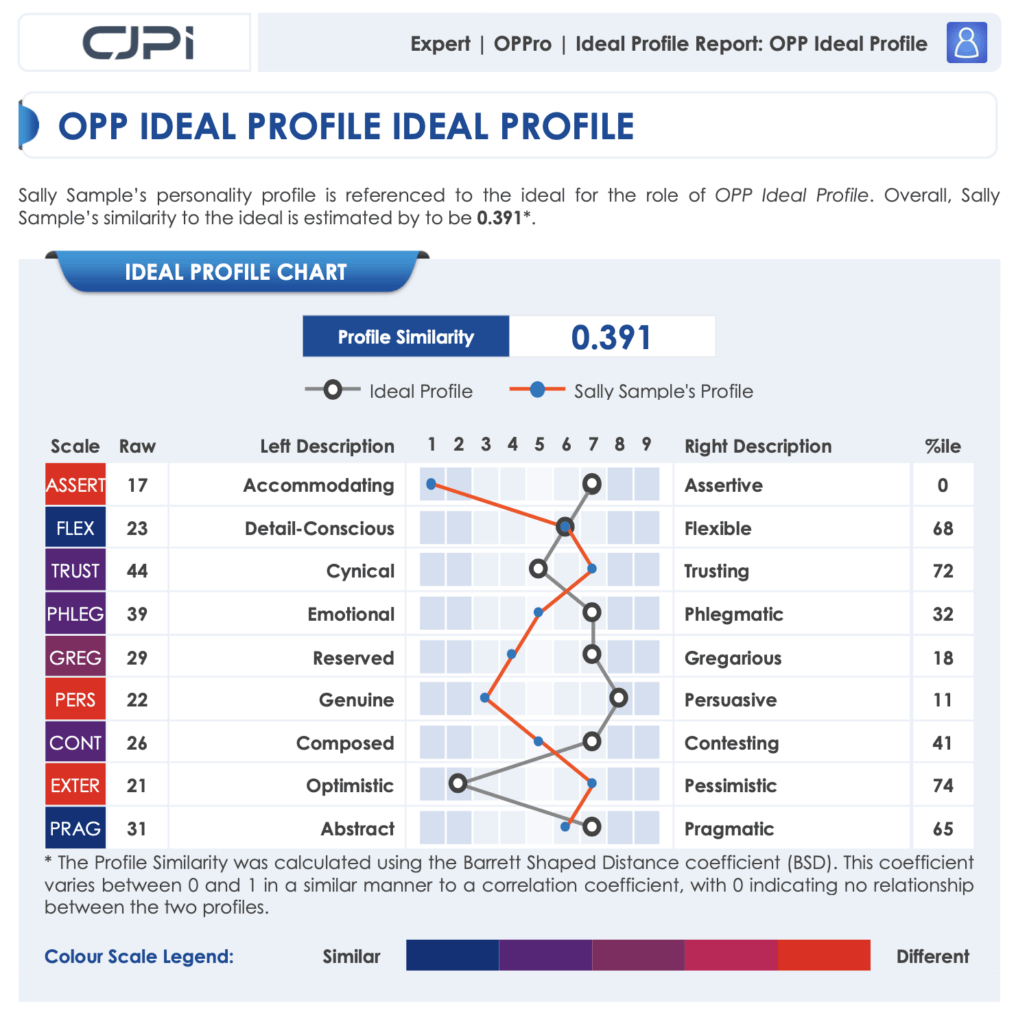In most private practice law firms, succession planning for managing partners and other critical leadership positions is an often overlooked aspect of ensuring long-term stability and growth. As the legal industry evolves, with shifting client demands, technological advancements, and evolving business models, effective leadership transitions become increasingly paramount.
Managing partners play a pivotal role in shaping a firm’s culture, strategic direction, and client relationships, making their smooth succession a crucial determinant of the firm’s future. They are also very often promoted internally for traditional firms which do not employ an alternative business structure, meaning the talent pool is limited and the need to assess and develop the chosen candidate is critical to the firm’s ongoing success and development.
Recognising the Challenges
Succession planning for managing partners presents a unique set of complexities, distinct from succession planning in other industries. Law firms often have a strong focus on education and technical experience, where individual partners hold significant influence over the firm’s direction but where a board is often installed to lead on those mandates from the firm’s equity partners.
Generally, managing partners are lawyers, but they are often supported on the board by an HR director, finance director, non-executive directors as well as other senior partners. The structure of the board is very much dependent on size, but in almost all cases requires a managing partner to have a unique blend of leadership skills, commercial acumen as well as the requisite legal knowledge to manage regulatory risks and quality. This leadership is pivotal as it plays a role in the recruitment and retention of staff at all levels, but also in the continued growth and retention of equity partners.
Throughout their careers partners may look to specialise in a particular area, such as business development and client relationships, team management or as a technical expert, supervising casework and junior team members. Additionally, the legal profession has a culture of specialisation in general, where developing expertise in one or more legal niches is generally a higher priority for larger firms than developing leaders to a senior level. This can make it challenging to identify and develop individuals with the necessary combination of legal acumen, strategic vision, and interpersonal abilities to assume leadership roles – particularly at the board and senior leadership level.
Embracing a Proactive Approach
Despite these challenges, law firms can effectively navigate succession planning for managing partners by adopting a proactive, strategic approach – and planning well in advance of the retirement of the incumbent. Key foundational elements of effective succession planning include:
1. Early Identification and Development:
Identifying and nurturing high-potential candidates for managing partner roles should begin early, allowing individuals to develop the necessary leadership skills, experience, and understanding of the firm’s culture. This often requires targeted mentorship programs, leadership training initiatives, and opportunities for exposure to strategic decision-making processes. In private practice, this also gains early buy-in from equity partners in such a way that the succession becomes a matter of natural evolution rather than a painful change experience. However, this has to be a carefully managed and very well-informed path to take.
2. Open Communication and Transparency:
Open and transparent communication about succession planning is essential to build trust and encourage participation among potential candidates and partner stakeholders. Regular discussions and feedback mechanisms can help individuals understand the firm’s expectations and their own development needs. This also extends to the execution of the succession plan, making a clear path for the transition in a way which gradually hands over key functions and controls and obtains the buy-in of the entire firm throughout that process.
3. Establishing Clear Criteria and Evaluation Processes:
Developing clear criteria and evaluation processes for assessing candidates is crucial for ensuring fairness and objectivity – the role isn’t for everyone so having a clear talent pool is crucial but must be very carefully navigated. For those who are identified as potentially interested in future managing partner candidates, skills evaluations, assessments of leadership potential, and contributions to firm culture should play a central role in identifying suitable candidates. Firms such as CJPI can also create a detailed benchmark of traits (based on a theoretical ideal or an actual subject, such as the incumbent) to assess candidates:

This is an example of our benchmark report which shows the ‘ideal profile’ generated for the role, against the candidate. This shows a summary for each of the metrics we assess, in this example with an overall similarity of 39% against the ideal. The report itself goes into detail about any potential gaps to consider bridging. These reports are invaluable for succession planning and where a theoretical ideal or retiring incumbent can be profiled.
4. Creating a Culture of Leadership Development:
Creating a culture that values leadership development and recognises individual growth is essential for attracting and retaining high-potential candidates. Opportunities for cross-departmental collaboration, exposure to cross-border practices, and participation in industry events can enhance leadership skills and broaden perspectives. It is typical for law firms to promote an existing equity partner and therefore develop people from much earlier in their career with the firm optimises the resultant talent pool and has the unintended benefit of building a leadership culture across all levels of the firm.
5. Embracing Flexibility and Adaptability:
Succession planning should not be rigid or deterministic. Unexpected circumstances, such as mergers, acquisitions, or changes in market conditions, may necessitate adjustments to the succession plan. Flexibility and adaptability are key to ensuring that the firm is well-positioned for any potential challenges or opportunities.
How To Make a Succession Plan For a Law Firm?
Succession planning for managing partners in law firms is not merely about filling a vacant leadership position; it is about ensuring the long-term vitality, stability, and growth of the firm itself. Moreover, the cyclical nature of some specialities within the legal profession, together with periods of economic uncertainty and fluctuations in demand, can further complicate succession planning. Firms may encounter rapid growth or consolidation periods, requiring adaptability and flexibility in leadership decisions at a strategic level.
It is always recommended to obtain professional support in this process from a professional consultancy who have legal services and law firm practice experience. A firm such as CJPI can bring tools which reveal insights to support the planning, decision making and transition process. This is even more critical in private practice law firms, particularly large ones with several equity partners. The external lens brought by an external professional advisor is crucial for the objective evaluation of potential candidates and for carefully navigating the process in a way which mitigates risks, maintains motivation and is shown as an objective and well-considered process.



